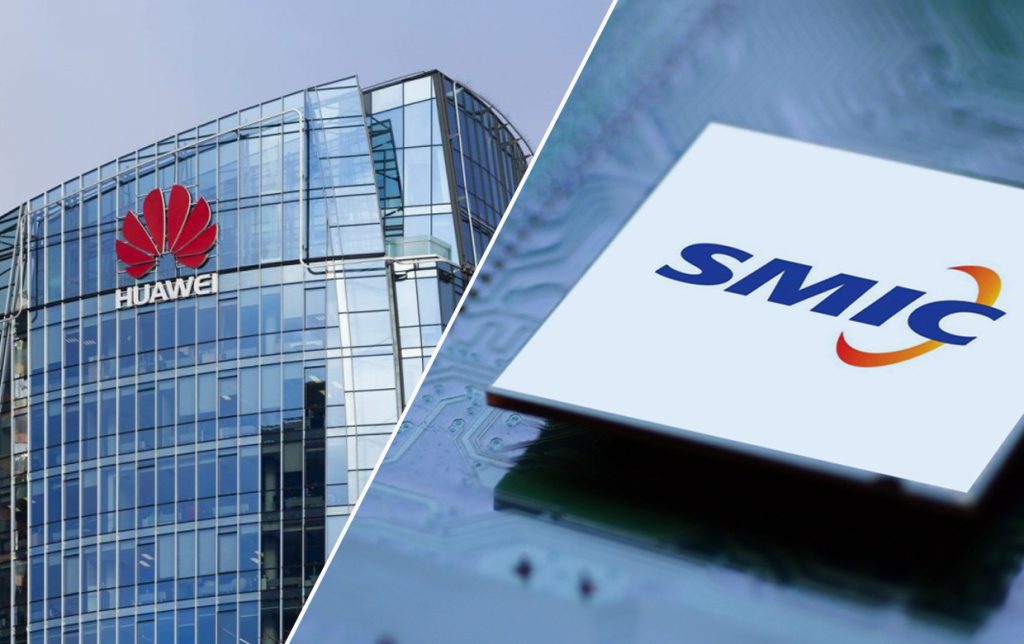The technological landscape in the semiconductor industry has reached a critical juncture as geopolitical tensions continue to shape global supply chains. Recent decisions by Taiwan Semiconductor Manufacturing Company (TSMC) have intensified the already complex challenges faced by Chinese firms like Huawei and Semiconductor Manufacturing International Corporation (SMIC). On June 10, TSMC added both companies to its export control list, which now comprises 601 entities from various countries, underscoring the increasing barriers to access foreign semiconductor supplies.
Understanding TSMC’s Export Control List
The inclusion of Huawei and SMIC in TSMC’s export control list means that these companies must now secure official permits to acquire any overseas semiconductor manufacturing equipment. This shift reflects TSMC’s commitment to complying with international regulations aimed at preventing the proliferation of technologies that can be used for military purposes. Notably, the Taiwanese semiconductor giant is acting in accordance with directives from the Taiwan Ministry of Economic Affairs, which oversees export controls to safeguard national security. The ministry explicitly stated that the controls are part of broader measures to prevent arms proliferation and to fulfill international obligations.[Reuters]
Impact on Huawei and SMIC
The implications of this export control list are profound. Both Huawei and SMIC, major players in the semiconductor space, may now be compelled to accelerate their efforts toward self-sufficiency. Historically, Huawei has faced significant restrictions from U.S. authorities, which have limited its ability to engage with key suppliers in the semiconductor domain. For instance, the U.S. has previously imposed sanctions forbidding American companies from selling technology to Huawei, essentially crippling its supply chain for advanced chips.
- TSMC’s actions are likely to exacerbate these challenges, pushing Huawei and SMIC to innovate their technological capabilities more rapidly.
- As reported by Bloomberg, TSMC’s control lists now include entities from Russia, Pakistan, Iran, and Myanmar, indicating a broadening geopolitical scope in technology restrictions.
Potential for Self-Sufficiency and Innovation
In light of these obstacles, Chinese companies are increasingly investing in their domestic capabilities. Reports indicate that China is working on in-house extreme ultraviolet (EUV) lithography machines, with plans to enter trial production by Q3 2025. This endeavor, spearheaded by domestic firms, represents a significant technological leap for China, which has been historically reliant on foreign suppliers, notably ASML, for advanced chip manufacturing technology.[South China Morning Post]
Huawei’s partner, SiCarrier, is also reportedly developing competitive manufacturing machines aimed at rivaling ASML’s technology. If successful, this could enable China to break free from dependence on foreign semiconductor technologies, potentially altering the global semiconductor landscape. Nevertheless, the road to self-sufficiency is fraught with challenges, including the need to develop sophisticated technologies and the complexities of scaling production.
Market Reactions and Future Outlook
The international semiconductor market has reacted cautiously to these developments. Analysts predict that the continued restrictions on Huawei and SMIC could lead to a bifurcation of technology markets. Companies in regions unaffected by these sanctions may find new opportunities, while those in China may need to pivot toward developing indigenous capabilities. A report from the Gartner indicates that global semiconductor revenue is expected to decline by 10% in 2023 due to market volatility and supply chain disruptions, which could be exacerbated by these latest export restrictions.
Moreover, experts suggest that the ongoing geopolitical tensions may lead to further fragmentation of the global supply chain, with countries seeking to bolster their domestic tech industries. The implications of these shifts for the semiconductor landscape will be watched closely, as they could redefine how technology is developed, manufactured, and traded internationally.
Quick Reference Table
| Entity | Export Control Status |
|---|---|
| Huawei | Included in TSMC’s export control list |
| SMIC | Included in TSMC’s export control list |
| Global Entities on List | 601 (including Russia, Iran, and others) |
| Projected Revenue Decline | 10% in 2023 |
| China’s EUV Machines | Trial production in Q3 2025 |
As the semiconductor industry continues to evolve in response to these geopolitical challenges, the balance of power may shift dramatically, testing the resilience and adaptability of key players on both sides of the Pacific.

